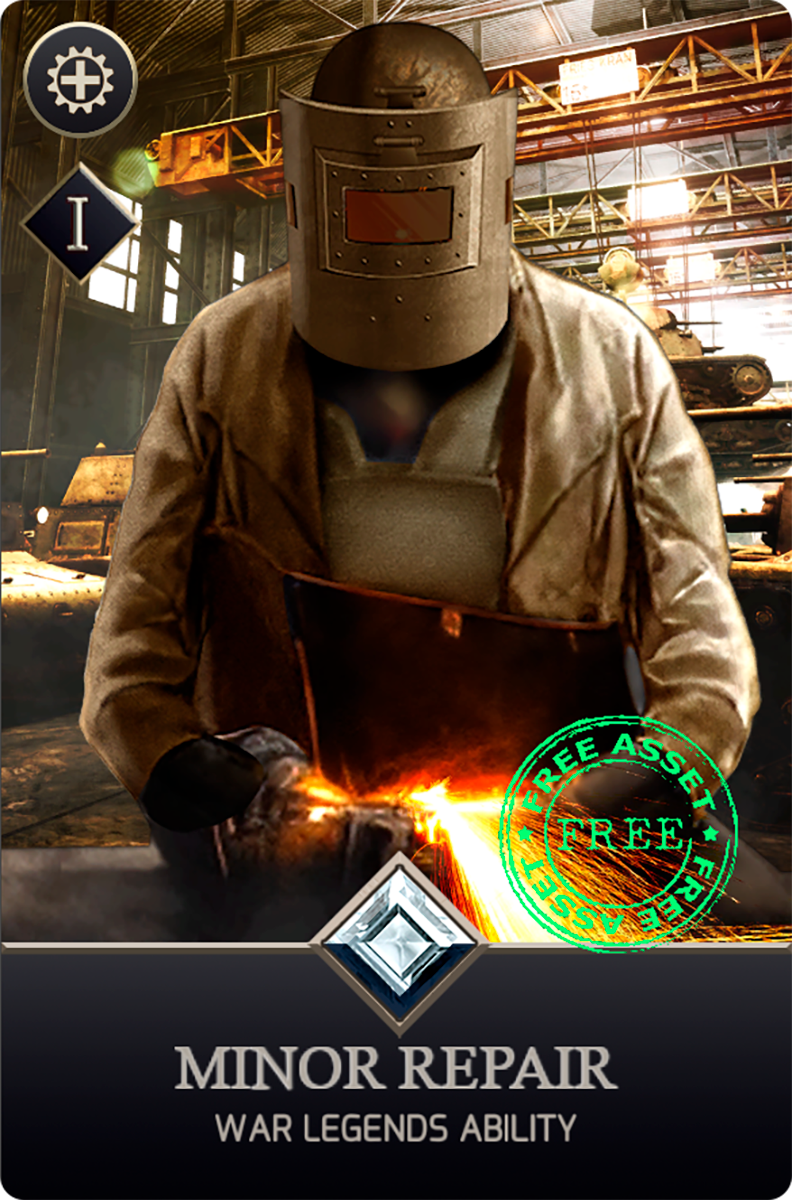


Ability Background
In the Second World War, in the first term Nazi Germany with its Panzer series armored vehicles caused terror in the Allies, their armor was superior, manufactured with Tungsten or "Wolfram" which made that no Allied weapon could penetrate them. But this advantage on the Nazi side did not last long because soon the powers of the Alliance equaled the German technology being able to mutually inflict considerable damages.
The most vulnerable parts of an armored tank are the tracks, composed of more than 200 moving parts not counting the wheels and links.
Another critical part of an armored carriage is the junction of the turret and the hull, as it contains the gun operator's compartment inside the turret, which contains the firing mechanism and the gun rotation and elevation mechanism.
Because of these potential vulnerabilities, a tank crew always had several mechanics among its ranks and often the entire crew had basic mechanical notions.
During battle it was common for tanks to be immobilized or have their firing capability compromised due to damage from enemy gunfire. For this reason, hot repairs were made, since a damaged track could cause the death of all the crew members, since it was immobilized and exposed to enemy fire. A famous case was that of the Soviet tank heroine Maria Vasilievna Oktyabroskaya who, after her tank was immobilized, left her cover to make the repair while her comrades covered her, resulting in the death of Maria who was hit in the head by a piece of shrapnel from a nearby mine when it exploded.








